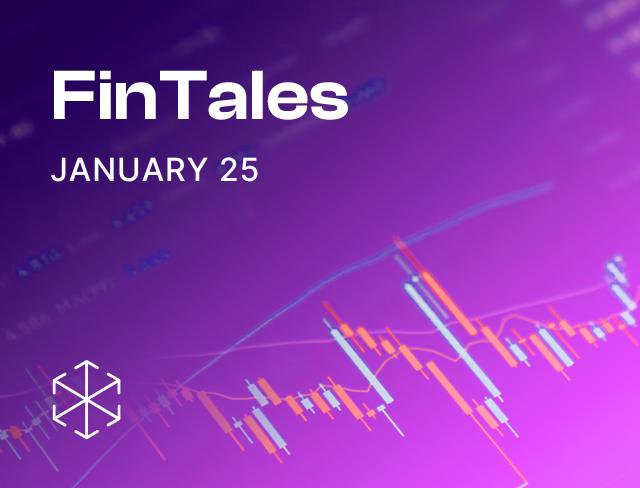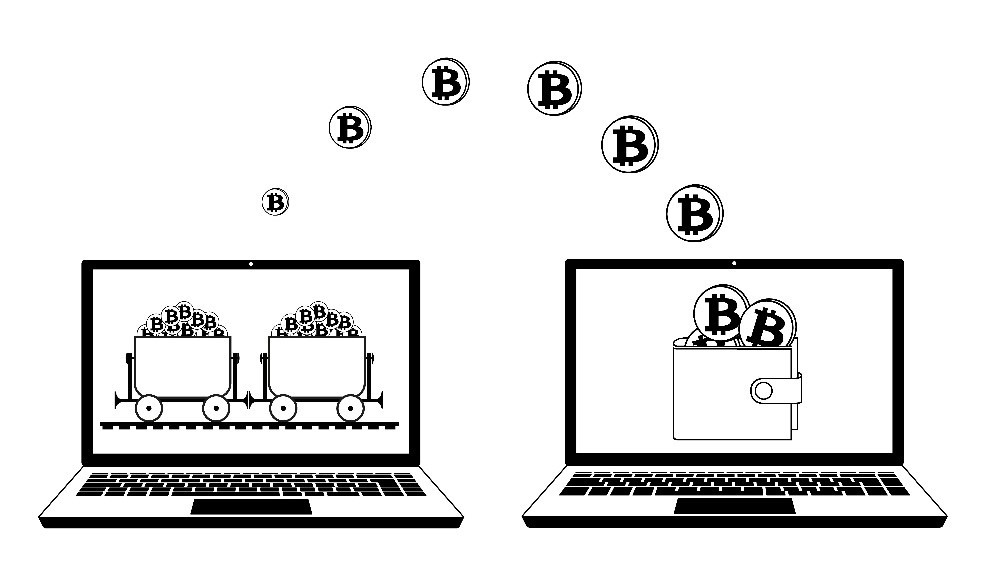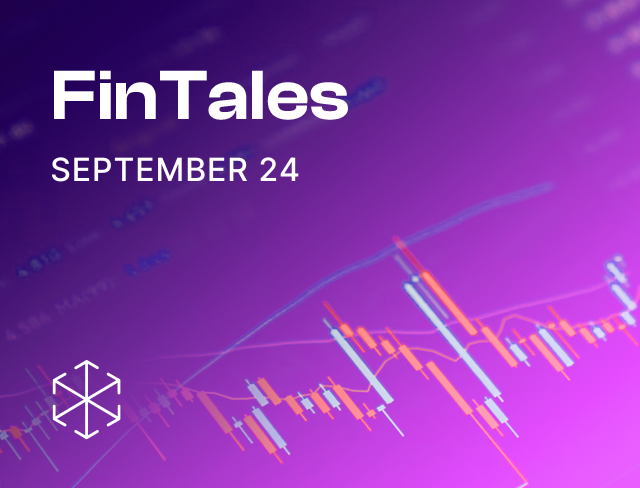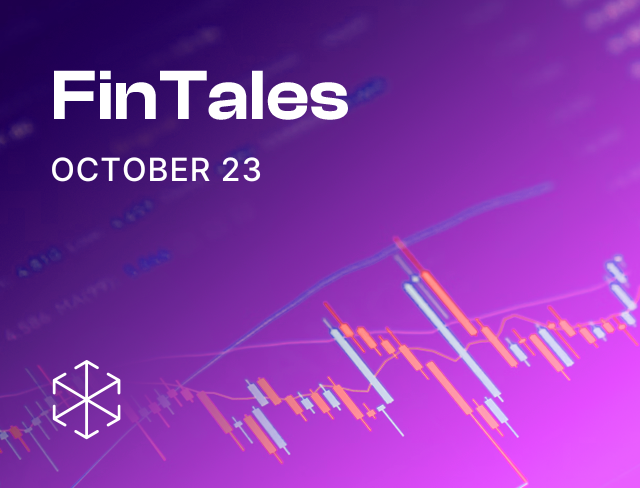A post-mortem on MeitY’s mass blocking of digital lending apps.
On 5 February, a tweet from a public broadcaster announcing the blocking of 94 digital lending apps raised a furore within the fintech industry. In the following week, lending apps were banned and unbanned – both without much clarity.
A quick backstory: In September 2022, the RBI released rules to regulate digital lending. Around the same time, the government met with the RBI to discuss how to tackle rogue loan apps. It was decided that the RBI will prepare a whitelist of legal loan apps and MeitY would ensure only these apps feature on app stores.
Now, onto 5 February 2023, and the week that followed.
The ban: MeitY asked Google to block 94 digital lending apps (including some prominent ones) from the Play Store. The blocking order was issued under Section 69A of the Information Technology Act, 2000 (IT Act). The affected fintech companies were at sea – they reportedly received no notice from the government about why their apps/websites were being blocked.
One-on-one: As unpleasant as the uncertainty was, fintech founders and industry bodies scrambled to meet MeitY. These meetings revealed a bouquet of reasons for the ban (apart from Chinese links). The reasons included borrower harassment, predatory loan pricing, money laundering, flouting KYC norms, misuse of customer data, and data storage on Chinese servers. To prove their legitimacy, MeitY asked fintech companies to produce documentary proof.
The undoing: MeitY examined these documents. Only to conclude that few of the blocked apps were in fact operating lawfully. And so, it issued orders to unblock compliant apps. The government later admitted that some of the bans may have been inadvertent.
So, where was the RBI in all of this, you ask? Well, the RBI’s statement in a press conference is telling: it didn’t greenlight the ban. Or even ask for one. It only prepared a list of digital lending apps used by regulated lenders (on MeitY’s instructions).
The government’s actions are concerning for three reasons.
First, the ban itself may not have been legitimate. Here’s why. Section 69A orders are passed if there’s a threat to national security or public order. In this case, the apps were blocked not just for having Chinese links. The reasons also extended to malpractices (like high-interest rates and borrower harassment) of digital lending apps. These practices, while they demand stringent course correction, don’t pose a threat to national security or public order. Neither do they necessitate an ‘emergency action’.
Second, legitimate fintechs suffered collateral damage. The ban jolted operations of compliant fintech companies that were banned. Since MeitY will scrutinize other fintechs too now, they’re concerned about the precedent set by the ban.
Third, it may spook investors. Digital lending received 40% of the total fintech funding in 2022 (more than twice the amount investors poured into payments or neo-banking). But now, with the regulatory uncertainty exacerbated by the app ban, digital lending is an iffy proposition for investors. Post the ban, “investors will be more selective in their funding decisions which could result in reduced funding”, says the MD of a VC firm who’d invested in one of the fintechs that was banned. “Building a compliant and sustainable fintech company will require a deep understanding of regulatory compliance”, he adds.
Closing thoughts: Prior consultation with fintech companies could have avoided this fickle banning saga. Come to think of it, delisting apps may not end malpractices. The listed loan apps may still harass borrowers or levy excessive interest rates. And the delisted loan apps may find new ways to creep into the digital lending space. Like convincing desperate borrowers to side-load them without going through app stores, or listing with different credentials on the app stores. Eliminating rogue lending apps and correcting poor business practices needs the implementation of existing rules. Like RBI’s Fair Practices Code and Digital Lending Guidelines which already outlaw unregulated and predatory lending. What is needed is predictable and consistent implementation of the rules of the game, not knee-jerk and overbroad bans. This is challenging because the RBI doesn’t have the capacity to police the ever-expanding digital lending industry. It’s already reliant on app stores run by private companies to enforce its bans. The RBI simply can’t fix the problem on its own. Which is why we believe it should formally adopt a co-regulatory approach and bless a self-regulatory organization. Such a model would increase implementation capacity and ensure effective and balanced restrictions.
Where does this leave us: Being a part of the digital lending cosmos just got tougher for fintechs. With the sequence of events so far, two things are certain (even if other things are not): First, the whitelist that the RBI prepares will be sacrosanct. If fintechs want a share of the digital lending pie, they must mould their practices to mosey their way into that list. Second, fintechs must shift their focus (from everything else) to first ensuring regulatory compliance.
(This article has been authored by the fintech team at Ikigai Law. It originally appeared in the February edition of FinTales, our monthly fintech newsletter.)
Image credits: Pixabay
For more on the topic please reach out to us at contact@ikigailaw.com










